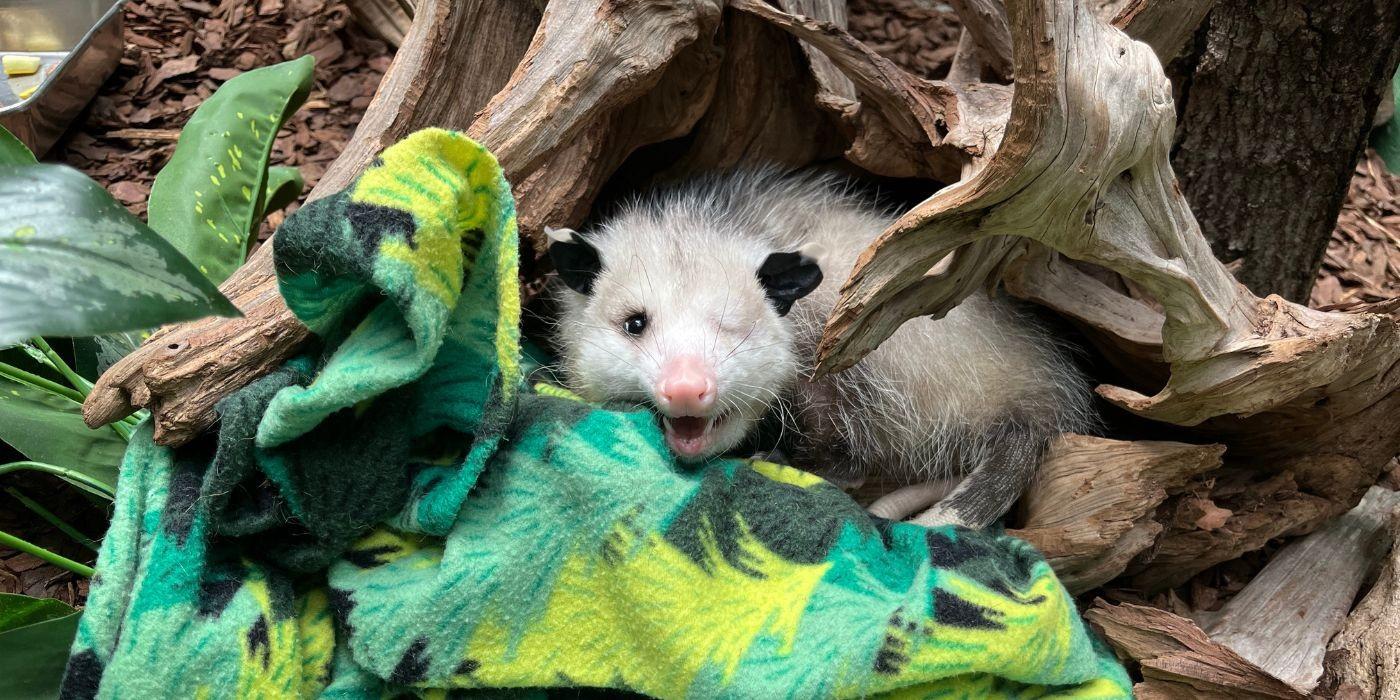
Exploring the Enigmatic Virginia Opossum
In the vast and diverse landscape of North America, one creature stands out for its unique characteristics and evolutionary adaptations: the Virginia opossum (Didelphis virginiana). With its prehensile tail, hairless ears, and remarkable reproductive strategies, the Virginia opossum holds a special place in the natural world. Let’s embark on a journey to unravel the mysteries surrounding this fascinating marsupial.
Appearance and Identification
The Virginia opossum is easily recognizable by its distinctive features, including a long, hairless tail that serves as a fifth limb for climbing and grasping objects. Its pointed snout, hairless ears, and beady eyes contribute to its unmistakable appearance. Despite their rodent-like appearance, opossums are actually marsupials, belonging to the same family as kangaroos and koalas.
Habitat and Distribution
Virginia opossums are highly adaptable creatures found throughout the United States and parts of Central America. They inhabit a variety of environments, including forests, marshes, urban areas, and farmland. Their ability to thrive in diverse habitats is due in part to their omnivorous diet and nocturnal habits, allowing them to exploit a wide range of food sources under the cover of darkness.

Behavior and Diet
Nocturnal by nature, Virginia opossums are most active during the night, foraging for food such as insects, fruits, small mammals, and carrion. They are opportunistic feeders, scavenging for whatever sustenance they can find in their environment. Despite their reputation as solitary animals, opossums are not territorial and may share overlapping home ranges with other individuals.
Reproductive Strategies
One of the most fascinating aspects of Virginia opossums is their unique reproductive biology. Females have a specialized pouch, called a marsupium, where they carry and nurse their young, known as joeys. After a gestation period of just 12-13 days, the tiny, underdeveloped joeys crawl into the mother’s pouch, where they continue to grow and develop for several weeks. Once they are old enough, the joeys leave the pouch and ride on the mother’s back, clinging to her fur as she moves about.
Survival Tactics
Virginia opossums employ several survival tactics to evade predators and ensure their survival in the wild. When threatened, they may hiss, growl, or bare their teeth to intimidate potential attackers. If these displays fail to deter predators, opossums have the ability to “play dead,” entering a catatonic state known as “playing possum.” This involuntary response can confuse predators long enough for the opossum to make its escape.
Conservation Status and Threats
Despite their widespread distribution, Virginia opossums face threats from habitat loss, vehicle collisions, and human persecution. Additionally, they are susceptible to diseases such as rabies and distemper, which can impact local populations. Conservation efforts aimed at preserving natural habitats and implementing humane coexistence strategies are essential for ensuring the continued survival of this iconic North American marsupial.
Conclusion
The Virginia opossum is a fascinating and resilient creature that has adapted to thrive in a variety of habitats across North America. With its unique appearance, reproductive strategies, and survival tactics, this enigmatic marsupial continues to intrigue and captivate both scientists and nature enthusiasts alike. By fostering a deeper understanding and appreciation for the Virginia opossum’s role in the ecosystem, we can work towards ensuring its conservation and long-term survival in the wild.





